Online shopping provides a quick and convenient way to purchase products, and this is especially true for the...
AED Pads
AED pads or defib pads are a crucial part of any CPR kit. Defibrillator pads are AED electrodes that provide for the proper operation of any Automated External Defibrillator (AED). Without these cardiac pads, the AED machine will not function and defibrillation for cardiac resuscitation will not work. Most pads are single-use and disposable. Manufacturers recommend that multiple pairs of replacement AED pads be available in case of multiple emerg
AEDs and AED Pads
Fresh and Effective
AED pads work in pairs and should always be kept fresh. These electrodes are sticky pads with sensors inside them. An attached electrode to the skin of the patient's chest reads information about the patient's condition and sends it to the AED machine. Over time, the adhesive gel breaks down, resulting in a weak connection between the patient and the AED. If this happens, the pad cannot read the information properly, and defibrillator pads replacement is necessary. Most pads have a shelf life of between 18 and 30 months, but the times may differ between pads.
Sizing
AED replacement pads come in sizes for adults and for children. For the most part, the pads work the same way. However, AED pads for children reduce the shock delivered through the body. Some AED pads will work on any patient over a certain age or size. Others come in separate sizes for children and adults.
Placement
Place AED pads on the patient's bare chest to monitor heart rhythms and prompt a shock if needed. Most pads will have a diagram on the pad.
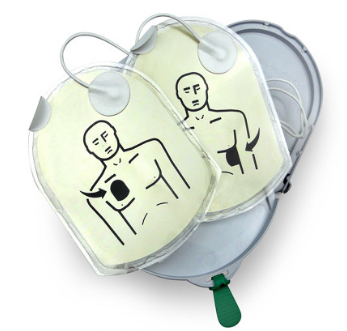
In the event that a child-sized AED pad is not available, adult AED pads will still work. Adjust the shock level and make sure that the pads are not touching.
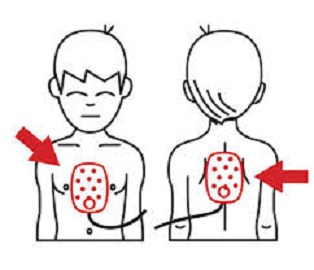
Practicing defibrillator pad placement with training pads may take place on a CPR Manikin.
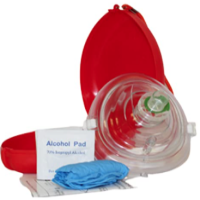
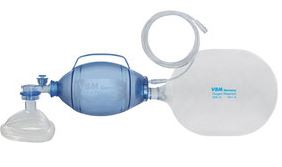
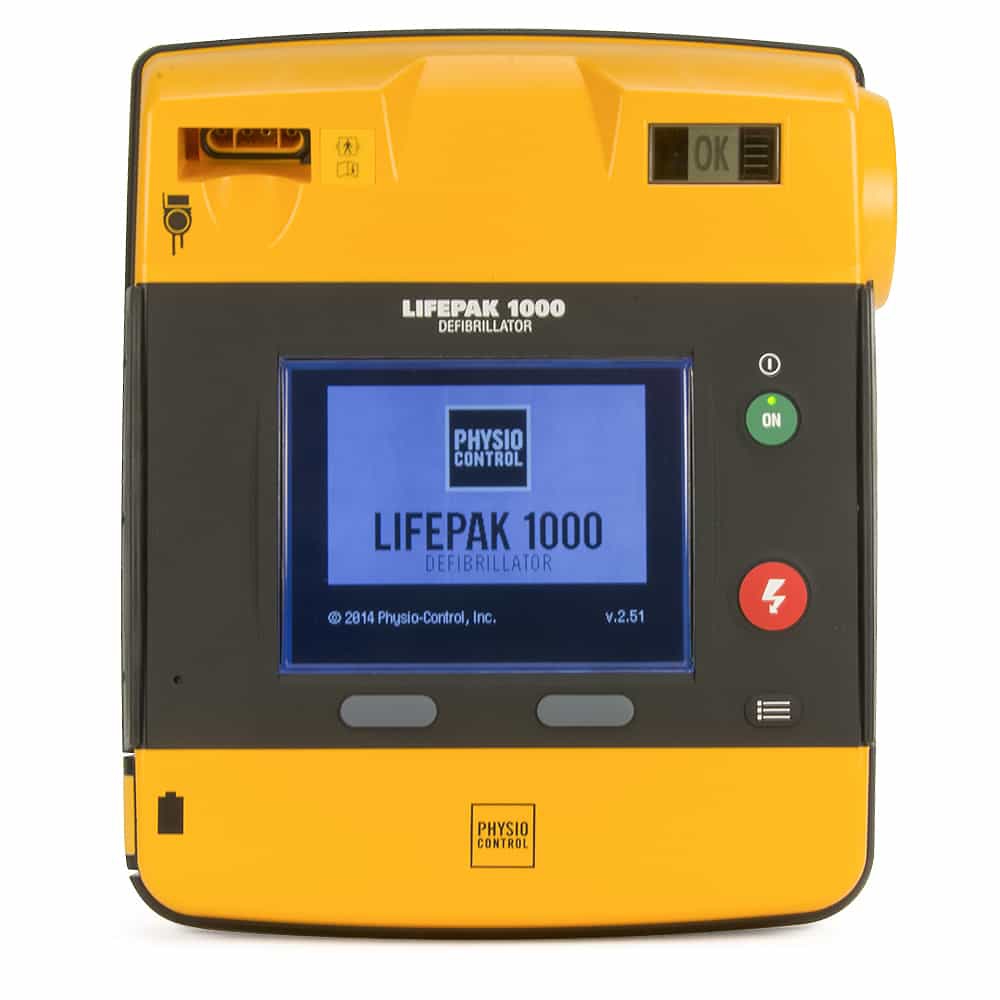

Login and Registration Form